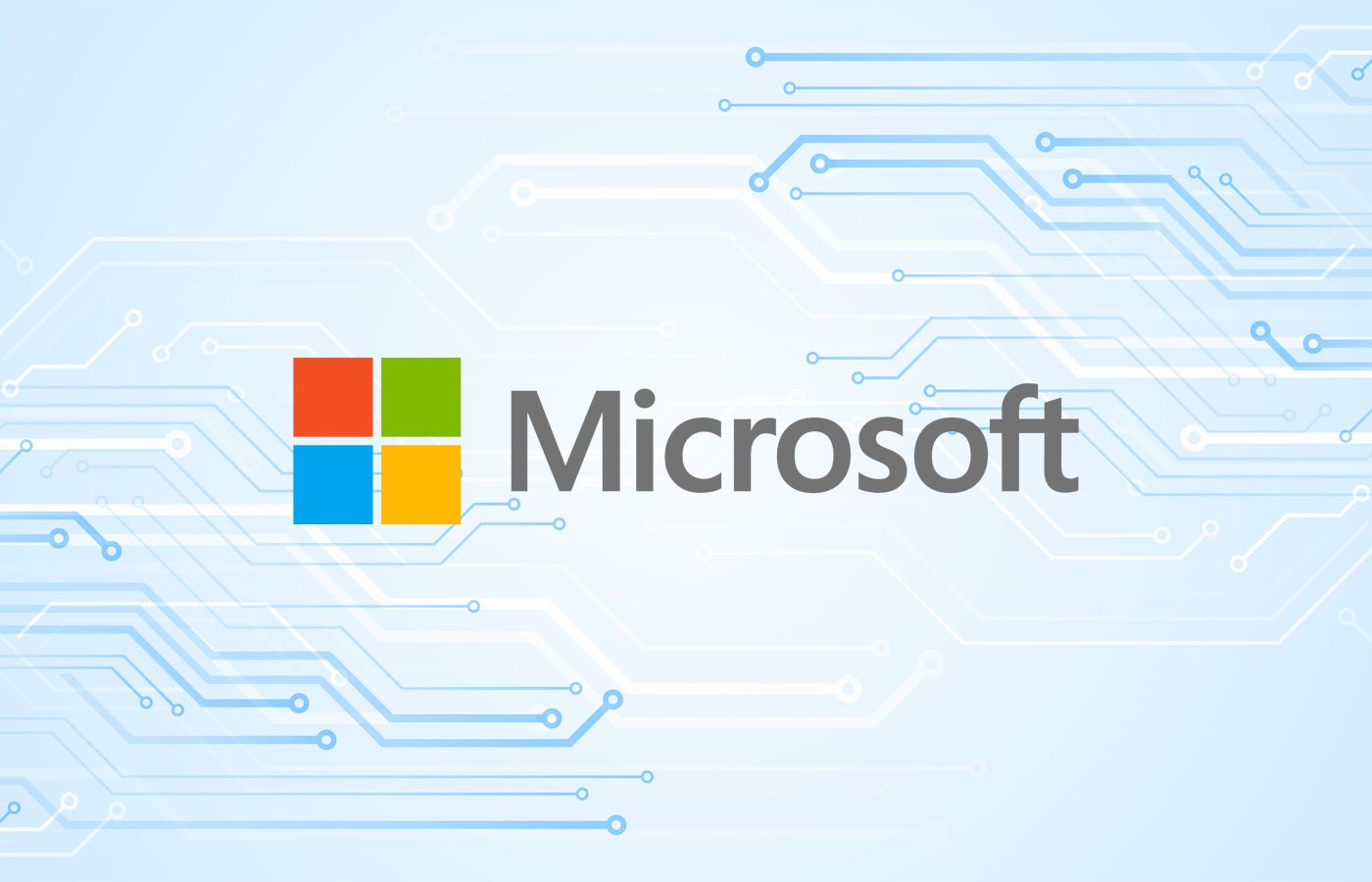Microsoft has announced that the last day it will offer security support for Word, Excel, and PowerPoint on Windows 10 will be October 14, 2025. Businesses that rely on Microsoft 365 apps and use the legacy operating system should upgrade to Windows 11.
“After that date, if you run Microsoft 365 on a Windows 10 device, the applications will continue to work as before,” Microsoft said in the announcement. “However, we strongly recommend upgrading to Windows 11 to avoid performance and reliability issues over time.”
This applies to the subscription version of Office, Microsoft 365 and non-subscription versions of Office 2021, Office 2019 and Office 2016. Microsoft says that when a user upgrades to Windows 11, all Microsoft 365 features and security updates will resume as before and the can run an Office update to ensure they have the latest version.
WATCH: What’s inside Microsoft’s big Windows 11 update?
This October shutdown will also mark the end of Windows 10 support, joining Windows 7, Windows 8 and Windows 8.1 in the operating system graveyard. However, Windows 10 is still the most used Microsoft OS with 62.7% of the market share in December 2024. Windows 11 has only 34.12% of the market share.
Microsoft calls 2025 ‘the year of the Windows 11 PC update’
Microsoft has called 2025 “the year of the Windows 11 PC update.” Yusuf Mehdi, Microsoft’s Executive VP, said in a blog post: “We believe that one of the most important pieces of technology people will look to refresh in 2025 is not the refrigerator, the television or their mobile phone. It will be their Windows 10 PC and they will move forward with Windows 11.”
The post is apparently trying to encourage users to upgrade by linking Windows 11 to its Copilot+ PCs and other AI innovations. Microsoft has also tried to pester users into submission by displaying full-screen pop-ups suggesting users upgrade their device and transfer their files.
SEE: Microsoft Copilot Cheat Sheet: Price, Versions and Benefits
Windows 11 has proven to be a controversial upgrade due to the “non-negotiable” requirement that devices wishing to do so must have Trusted Platform Module 2.0, which was announced in 2021. Microsoft claims that TPM 2.0 “raises the security bar” by enabling features such as BitLocker, Windows Hello and Virtualization-Based Security, which are necessary for protection against modern threats such as ransomware.
PCs manufactured after mid-2016 typically support TPM 2.0, although it may need to be enabled in the BIOS, but only CPUs released from 2018 onwards will support Windows 11. Older PCs without TPM 2.0 cannot officially run the OS ; users must upgrade hardware or bypass the requirements at their own risk by using one of the many workarounds discovered by the Windows community.
Microsoft offers extended security updates
For those who are set on continuing to use Office apps on Windows 10, there is one more way to do this safely. Microsoft is offering extended security updates to consumers for the first time, meaning that for $30 anyone can receive an extra year of “Critical and Important Security Updates.” Registration for this will be opened “closer to the end of support in 2025.”
Companies will be able to pay for up to three years of ESU. It will cost $61 for the first year, but the price will double for each successive year. Registration for this is open now and the first update will be implemented in November.
Those who purchased Windows 10 Long-Term Service Branch or Long Term Service Channel will also continue to receive security updates after October 14.
